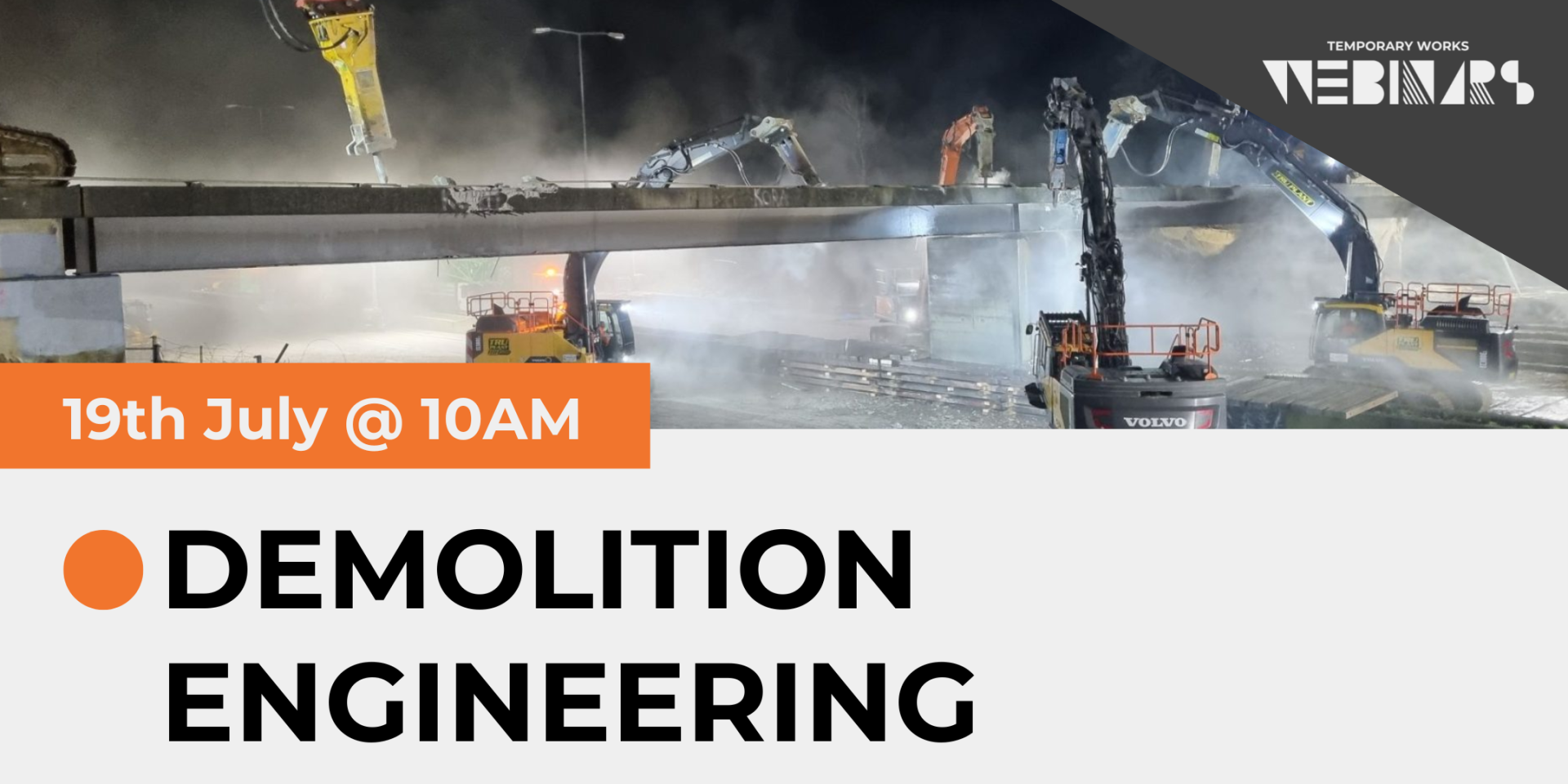
An in-depth review of demolition processes within the context of temporary works. Introducing the concept of demolition and its critical role in construction projects.
Although demolition is often perceived merely the destruction of structures, it involves meticulous planning, design, and execution to ensure safety and efficiency.
Angus Holdsworth, Managing Director of Andun Engineering Consultants, delves into these aspects, highlighting the importance of understanding the various forms of demolition.
Topics of Discussion
He breaks down the discussion into two key areas:
Full Demolition: This involves the complete removal of a structure. We discuss scenarios where full demolition is necessary, the planning involved, and the safety measures required. Angus shares real-life examples and case studies to illustrate successful full demolition projects.
Partial Demolition: Also known as cut and carve, this approach involves selectively removing parts of a structure. This method is often employed in renovation projects where certain structural elements need to be preserved. The webinar covers the challenges of partial demolition, such as ensuring the stability of the remaining structure and managing debris.
Primary Demolition Mechanisms
Additionally, the webinar explores two primary mechanisms of demolition:
Deliberate Collapse: This technique involves the controlled collapse of a structure, often used in full demolition. We explain the planning and execution phases, emphasizing the importance of precision and control to avoid unintended damage.
Controlled Dismantling: This method, often used in partial demolition, involves systematically taking apart a structure piece by piece. It is detailed with examples, showcasing the careful coordination required to safely dismantle complex structures.
Throughout the webinar, Angus provides practical insights into designing and checking for demolition, ensuring that safety protocols and risks are minimised. The session also includes an overview of the tools and technologies employed in modern demolition projects, from advanced machinery to innovative software modelling.
More Resources

